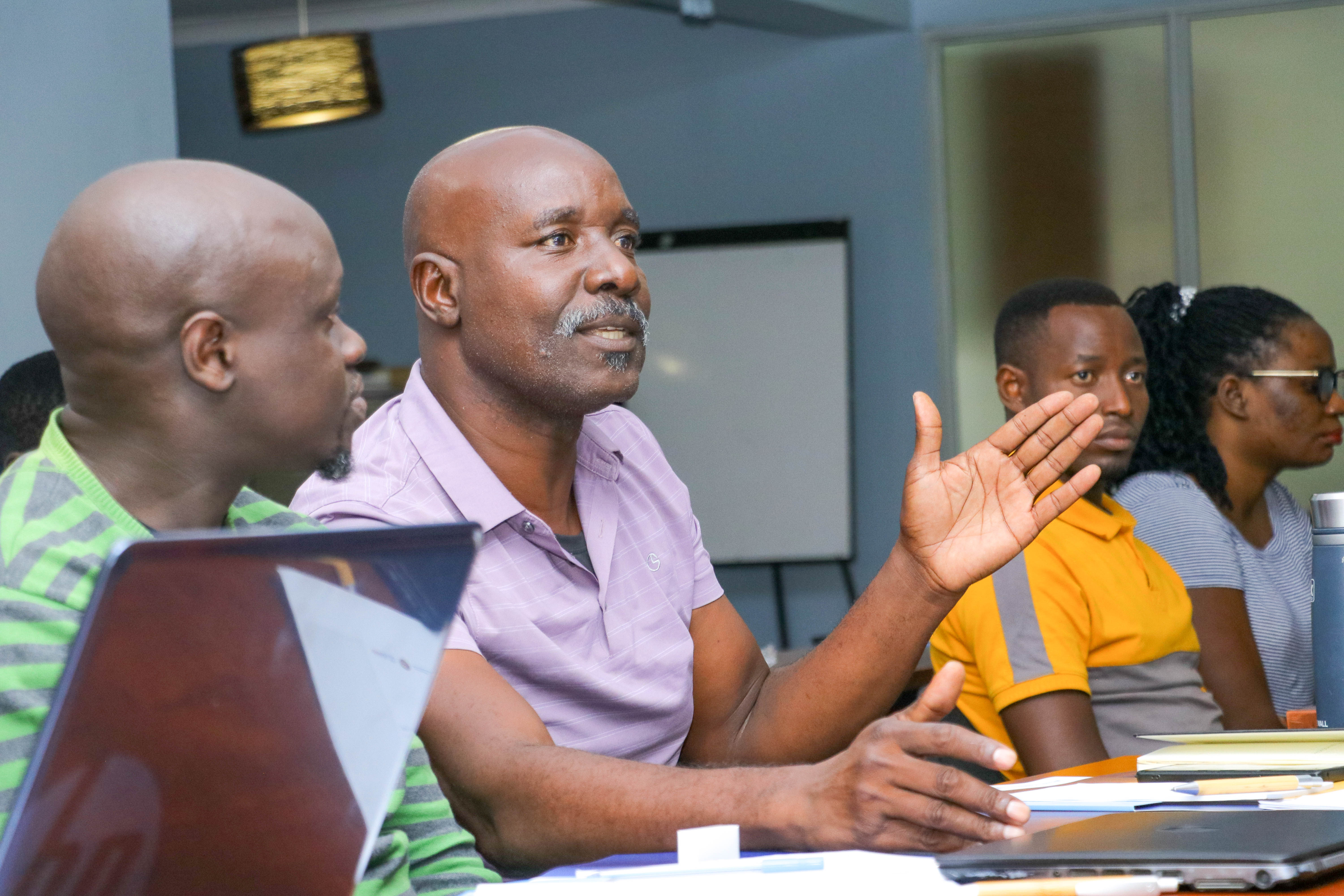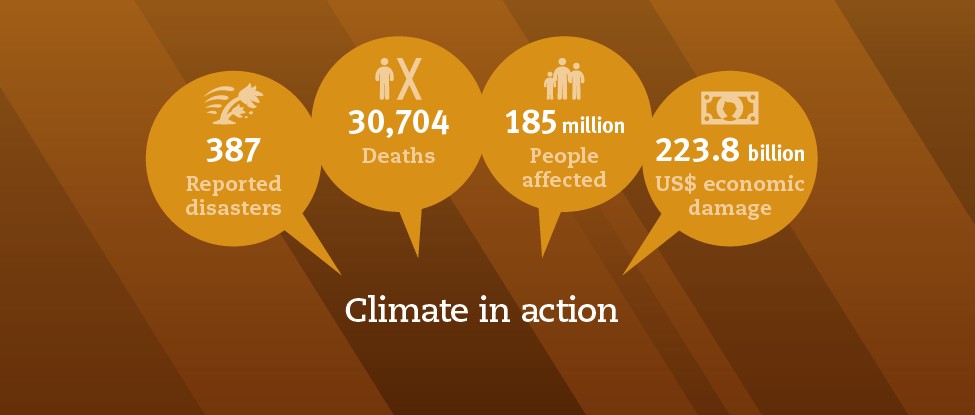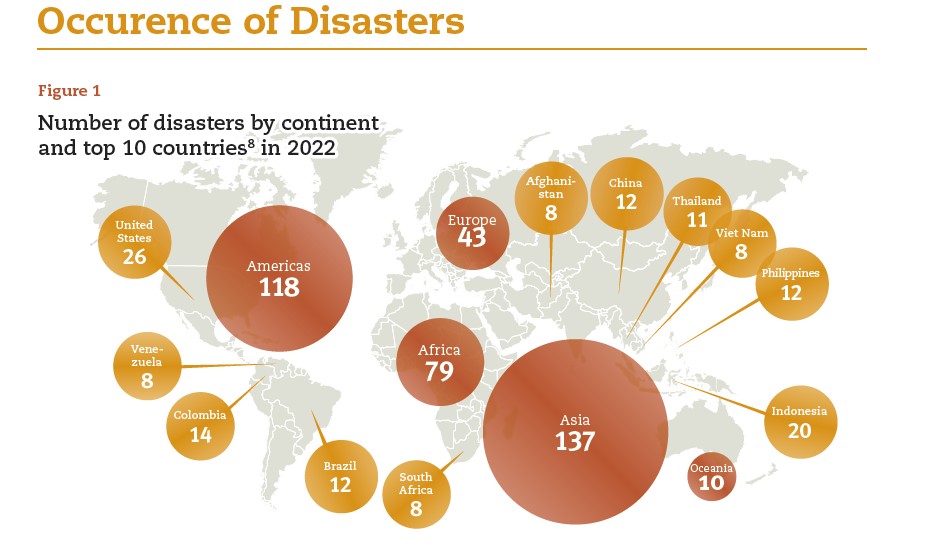
Twenty participants, including academics, decision-makers in disaster management, and students from the Master of Public Health Disaster Management (MPHDM) and Biostatistics program at Makererere University School of Public Health -MakSPH, are currently taking part in training sessions for disaster data management.
Collaboration with the Centre for Research on Epidemiology of Disasters (CRED) at the University of Louvain in Belgium has made this educational opportunity possible with funding from the U.S. Agency for International Development (USAID).

The workshop facilitators include Dr. Cinzia Lanfredi Sofia, a Geographer and Postdoctoral researcher at CRED, Mr. Ogwanga Jimmy, a Disaster Preparedness Officer at Office of the Prime Minister, Dr. Christine K. Nalwadda, the head of Community Health and Behavioural Sciences department, Justine Bukenya, a senior lecturer and Mykaél Toskinz Wagaba from MakSPH.

Dr. Justine Bukenya, a medical doctor and a Senior Lecturer in the Department of Community Health and Behavioral Sciences at MakSPH encouraged the participants to use the opportunity to get a gist of the databases available to obtain statistics at global and local levels.
She also them to embrace the training to acquire new skills in disaster data loss management and network to conduct further research in the field of disasters.
Dr. Nalwadda stressed the need of high-quality data in her opening remarks and thanked CRED for the chance to educate professionals and students about further catastrophe management.
“Good-quality data is absolutely essential in research. It is what distinguishes research as such. Planning and designing solutions that are appropriate for addressing public health issues is crucial. We are grateful to CRED for helping Uganda and Makerere University in particular to build a top-notch disaster management database and for establishing networks for our students and MDM program graduates,” stressed Dr. Nalwadda.
The training aims to develop and strengthen global partnerships for the deployment of subnational disaster data loss databases.
A disaster, according to the CRED, is "a situation or event that overwhelms local capacity, necessitating a request at the national or international level for external assistance; it is an unforeseen and often sudden event that causes great damage, destruction, and human suffering."

In 2022, 387 disasters were reported on a global scale. A total of 185 million people affected, 30704 individuals lost their lives, and there was a $223.8 billion economic cost, the Emergency Event Database EM-DAT report, a product of CRED since 1988 stated.

In Europe, heat waves contributed to nearly 16,000 extra deaths, while 88.9 million people in Africa were afflicted by droughts according to this 2022 report. In the Americas, Hurricane Ian was alone responsible for damage of $100 billion USD. The impact of disasters on people and the economy was disproportionately greater in Africa, as seen by the 16.4% share of fatalities compared to 3.8% in the previous two decades. Despite having some of the most devastating disasters in 2022, it was relatively lower in Asia.
The overall number of catastrophic occurrences in 2022 (387) is a little higher than the 370 average over the period from 2002 to 2021. Each specific calamity occurred about as frequently as it did over the previous 20 years on average.
The overall death toll in 2022 of 30,704 was three times more than in 2021 but lower than the average of 60,955 deaths between 2002 and 2021 (the latter being influenced by a few mega-disasters, including the 2010 Haiti earthquake, which resulted in 222,570 dead). The 2022 death toll is nearly twice as high as the median death toll between 2002 and 2021, which was 16,011. The statistics from EM-DAT represent a statistic that is getting more and more attention: the effect of heat waves on the elderly.

Europe had at least five heat waves that broke records, with summertime highs of 47°C.
In Uganda, the drought-induced famine claimed 2,465 lives in 2022, making it the second-deadliest catastrophic event. Additionally, 88.9 million people were affected by droughts in six African nations in 2022 (the Democratic Republic of the Congo, Ethiopia, Nigeria, Sudan, Niger, and Burkina Faso). Other notable drought episodes included those in Brazil ($4 B), the USA ($22 B), and China (6.1 M people impacted, $7.6 B in damage).
33 million people were affected by the floods in Pakistan from June to September, which cost $15 billion in economic damage and resulted in 1,739 fatalities. India (2,035 fatalities, US$4.2 billion), Bangladesh (7.2 million impacted), and China (US$5 billion) were also devastated by monsoon floods. Floods harmed Nigeria's economy US$ 4.2 billion and resulted in 603 fatalities, while South Africa suffered 544 flood-related fatalities. The floods in Eastern Australia in February and March cost US$6.6 billion, and the flood in Brazil in February claimed 272 lives.
Three significant storm occurrences occurred in the previous year (2022), two of which struck the Philippines: Tropical Storm Megi in April (346 fatalities) and Tropical Storm Nalgae in October (3.3 M affected). Hurricane Lan hit the USA and caused $100 worth of damage.

The main goal of EM-DAT is to give information to aid in humanitarian action at the local, national, and international levels, facilitating informed decision-making in disaster preparedness. The database provides unbiased, factual data that may be used to evaluate communities' susceptibility to disasters, helping politicians establish priorities.
As stated in the UN Sendai Framework for Disaster Risk Reduction for the years 2015–2030, enhancing mortality data is a top goal. Measuring the efficiency of risk management strategies and the predicted future course of disasters is clearly necessary.
Mykaél Toskinz Wagaba, a coordinator of this training says… this training is a timely intervention in popularlising Disaster Management and the role of good data to support key decision-making processes across international, national and subnational levels.
“I would like to commend MakSPH for this initiative. It is essential for decision-makers and implementers to work from an informed perspective, and trainings such as these are critical. Given the increasing frequency of disasters, this training is well-timed. Attendees who are public health officers, will acquire skills that will enable them to lead disaster management efforts at the international, national and sub-national levels. This will be made possible by collecting and utilizing quality data, which will inform decision-making at all levels,” Mykaél Wagaba.
By Davidson Ndyabahika
| Attachment | Size |
|---|---|
| 2022 EMDAT report (1019.63 KB) | 1019.63 KB |

